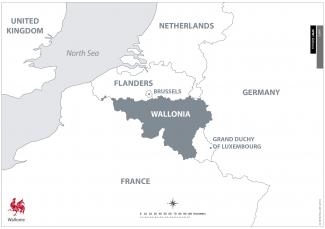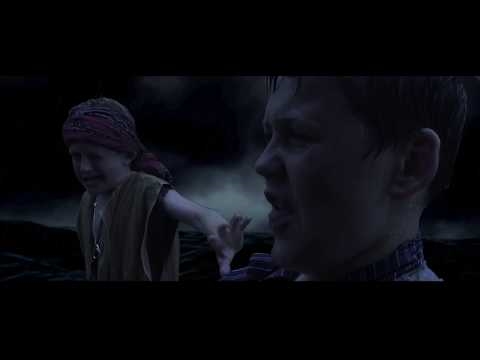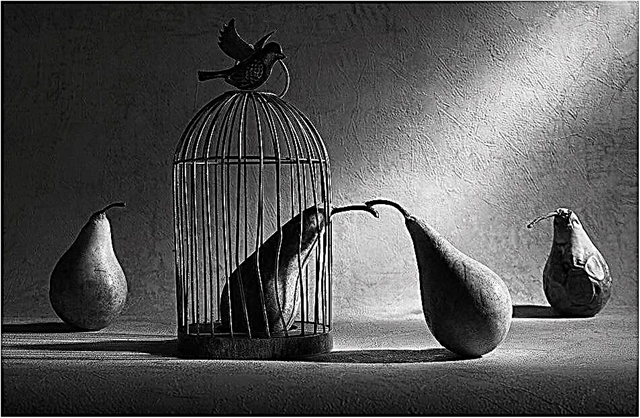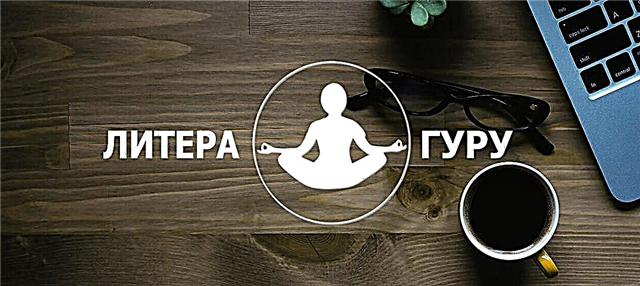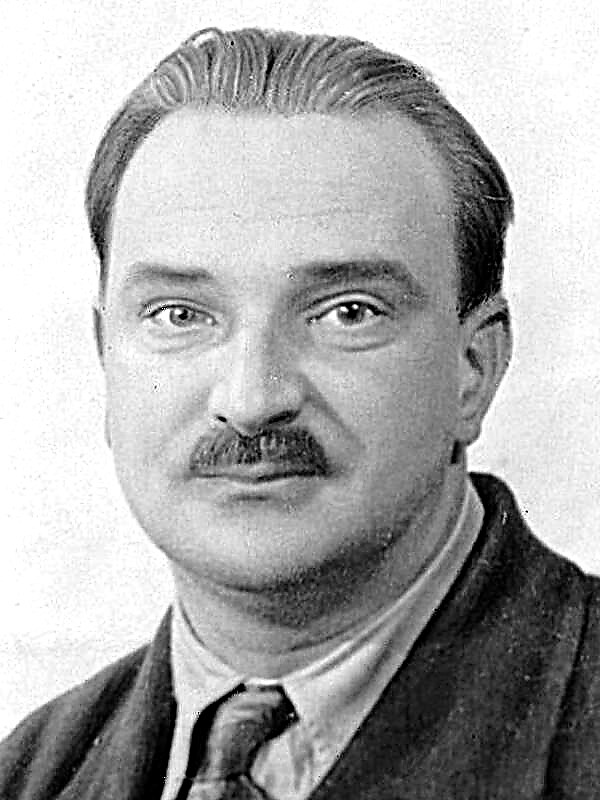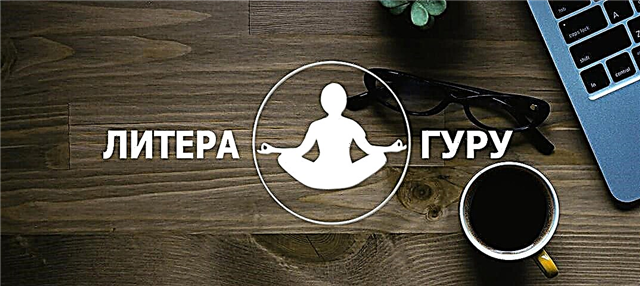Consultant mindset
Do not rely on intuition, use the facts. This will avoid mistakes and give more weight to your idea during the presentation.
Think clearly. McKinsey uses the MECE - Mutually Exclusive Collectively Eexhaustive approach to structure problems and communication. This means that, on the one hand, each component of a problem, idea or document is considered separately and does not repeat the others, and on the other hand, all components together fully cover the problem.
Before solving the problem, determine the initial hypothesis. It may seem that you are trying to solve the problem before investigating it, but it is not. In fact, you determine the way to solve the problem. This is just an assumption, which must then be verified. At the same time, try to maintain objectivity, and not select facts to confirm your hypothesis. If necessary, you need to change the original hypothesis.
Analyze what the real problem is. What you have been identified as a problem is not necessarily a problem. For example, a client may ask to develop a plan to expand the plant, while it would be more appropriate to close it.
Many business problems are similar, and the same approaches can be used to solve them. But not always.So, when pricing in 80% of cases, the correct solution is to increase prices, but in 20% it is more efficient to lower prices.
Follow rule 20-80, which states that 20% of people in a company bring 80% of the result; 20% of customers bring 80% of profits and so on.
Remember that the solution must be realistic. The best solution does not make sense if the business does not have enough resources to implement it, or if the political situation in the company does not allow it. It is better to break down the problem and solution into parts that can be implemented.
Do not analyze too much. Stop as soon as you gather enough information to confirm your hypothesis. Focus on key drivers - the most important factors that affect the problem.
The solution should fit in 30 seconds. This tactic is also known as the “elevator test” - if you can explain the product or solution during a 30-second trip in the elevator, then you understand it quite clearly.
Use small victories. If while solving a big problem you have come across smaller solutions that can be instantly implemented with advantage, use them. This can reduce the tension of management expecting a great result.
Keep track of the facts that you learned in solving the problem. Draw a chart every day to clarify your train of thought and note your progress.
Do not lose the forest behind the trees. It’s difficult to maintain a common vision of the problem when you are immersed in the details, so it’s sometimes useful to break away and look at the problem as a whole.Be prepared to admit that you don’t know something or are moving in the wrong direction.
Do not sell, but create an image
McKinsey is proud to not sell its services. Instead of calling customers, they create awareness of what they can do and come to the rescue when needed.
Their consultants speak at conferences, write articles, communicate with potential clients, and participate in charity. They are very careful in promises and never create exaggerated expectations.
Team building
The project usually has a team of consultants. This speeds up the work and gives different points of view.
Team building activities are minimized. This usually happens during work and is due to the fact that consultants work very quickly and often switch from project to project.
If you are a team leader, constantly evaluate employee satisfaction. Make decisions sequentially because chaotic actions demoralize the team. Create a feeling in each team member that his contribution is valuable to the common cause, and treat him with respect.
Be polite. Recognize that employees have life outside the office. Do not ask them to do things that they would not do themselves. Discover employee interests and hobbies to strengthen team spirit.
Hierarchy navigation
The first rule of success in the hierarchy is that the boss must inspire respect and sympathy. Work in good faith. Keep your boss informed, but don't overload with information.
Depending on the situation in the company, acknowledge that your position is lower than that of the boss or behave on an equal footing with him.
Researching
The consultants know that often most of the work has already been done for them, and they can find it in the research process. Therefore, they start with company reports, then go on to articles in magazines and research.
Particular attention is paid to unusual facts. For example, too high or too low sales.
Conducting an interview
Interviews are the main means of collecting information, so much attention is paid to the quality of their conduct.
Before the interview, make a list of questions and information that you want to receive. Start with general harmless questions and gradually move on to specific and more sensitive ones. This allows for mutual understanding and gives more comfort to the interviewee. Also try asking a couple of questions, the answers to which you know, to test the honesty of the opposite side.
Ask and let people respond freely. Ask open-ended questions that imply not only yes and no answers.
The most important question can be left at the end when the interviewee relaxes and is more likely to share useful information. You can just ask if he would like to add something, or if you have forgotten about something important.
To silence someone, keep silent. An awkward pause encourages people to speak. Take notes and don't talk too much.Show mindfulness by nodding and giving other verbal endorsements.
Rephrase the answers to make sure you understand. Do not press too hard or turn the interview into an interrogation.
After the interview, send thanks - then future conversations will go more smoothly.
Presentation of ideas
The culmination of any project is the preparation of a presentation. It should be understandable and logical.
Do not try to improve presentations until the last minute, this will only add unnecessary stress. To avoid unproductive objections during the presentation, warn key people about what it says.
Tell your story with simple, cute, clear diagrams and graphs.

